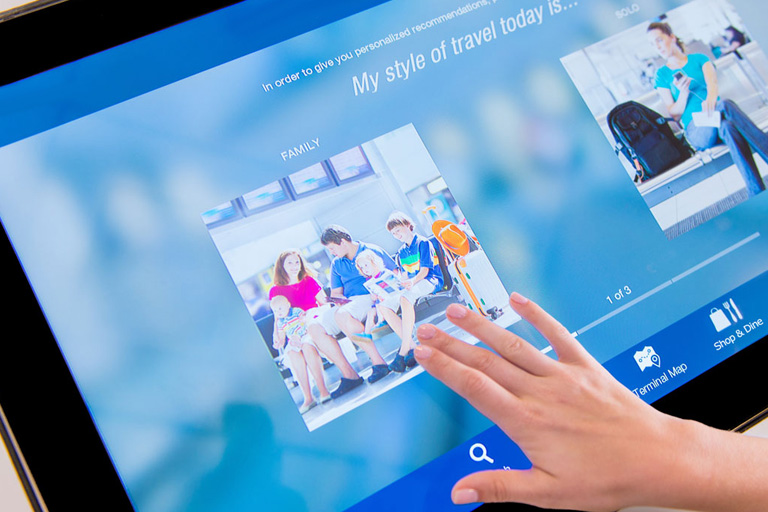Q.
We use technology in various aspects of our exhibit program. What tips and tricks can we employ to ensure we’re doing so as effectively as possible?
A.
Technology can be a valuable marketing tool for countless applications. However, there are several things you can do to cement its effectiveness. Here, then, are eight simple ways to help you make the most of your technology investment.
1. Consider your audience. First and foremost, consider the demographics and preferences of your audience and pair the technology medium, tactics, and messages to match them. For example, if your target audience comprises baby boomers interested in scientific research, don’t waste valuable resources on a social-media engagement. This audience would likely be more interested in technology that features messages related to statistics and data as opposed to more general benefit-related statements.
2. Digitize overhead signage. Exhibitors often employ overhead signage to help attendees locate their space. But if you’re already spending the money to rig signage, why not increase its effectiveness by using a multimedia display of some sort? A static graphic provides basic traffic and ID deliverables, but an LED screen showing a product or company video can add sound and motion that will attract the eye and deliver important brand and product messages.
3. Incentivize participation. Many face-to-face marketers assume that any type of technology-based interactive is enough to foster attendee participation. However, the reality is that most people won’t complete a task without an incentive to do so. So if you want attendees to complete a digital survey or watch a video demo, enter them into a raffle or offer them a giveaway. Granted, for some audiences, a cash prize or tangible gift isn’t always necessary, as information on your cutting-edge product, a preferred seat at a live demo, or simply the chance to talk with a product expert might be all the incentive needed to elicit the type of response you desire. The point is, however, that attendees should receive something they value for providing you with something you value.
4. Convert printed brochures to electronic versions. Most exhibit managers know that compared to printed literature that needs to be shipped to and from shows, electronic brochures are easier to change, more inexpensive to distribute, and much gentler on Mother Nature. What’s more, digital brochures allow you to gather data about who opens your documents, which items catch their interest, and even what sections of your brochure might need revision given their inability to attract attention. So if you haven’t made this important switch, now’s the time.
5. Train exhibit staffers to monitor engagements. Often, exhibitors spend oodles of time and money to plan and execute various interactive technologies to engage attendees, but they fail to devote more than a couple of minutes to training their staff on how to assist attendees or to interact with them during this engagement. However, staff training is crucial to the success of your investment, as a well-trained, well-motivated sales team will keep your technology active and relevant – as opposed to stagnant. Plus, exhibit managers need to assess the technology’s effectiveness throughout the show. For example, be aware of who is participating in the activity, monitor wait times, and make improvements on the fly to ensure your technology is creating the biggest bang for your buck.
6. Keep it simple. No matter what type of technology you implement, always keep it simple both in terms of the messages delivered and the ancillary imagery included. Time is a person’s most valued possession. If the experience takes too long to understand or navigate, your audience will quickly lose interest.
7. Request pricing on a regular basis. Almost every cutting-edge technology will decrease in price over time. Thus, a tactic that wasn’t financially feasible a few years ago might be well within your budget today. As such, always ask your vendors for price updates. You might be able to afford something that was too expensive a few years ago or negotiate lower prices on technology you currently use. More likely than not, your vendors won’t offer up price decreases unless you ask for a new quote on a regular basis.
8. Choose vendors based on their ability to stay atop trends. Exhibit managers are responsible for countless tasks, and while most have a decent understanding of various technologies, nobody expects them to be experts in everything. Rather, it’s the job of your vendors – be that your exhibit house or audiovisual provider – to stay atop trends and new technologies and to pass this important information on to you on a regular basis.






